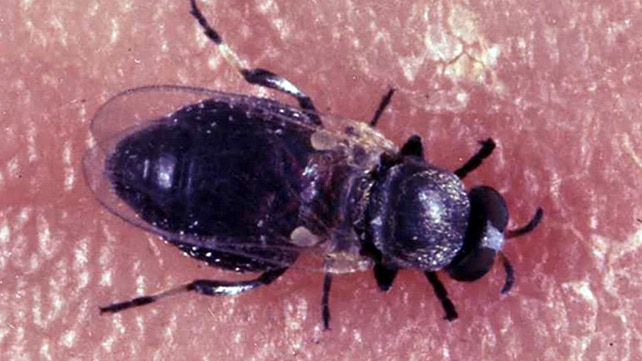About Polar Stratospheric clouds (PSC)
- These are also known as nacreous clouds or mother of pearl, due to their iridescence.
- Formation:
- These are formed in very cold conditions over Polar Regions and within the stratosphere, around 12-19 miles (19-31km) high, far above our normal clouds.
- These clouds are made of smaller ice particles than those that form more common clouds.
- These small particles help to scatter light in a different way, which gives them their unique appearance
- PSCs typically make their first appearance in January.
- Impacts of these clouds
- The frequency of these clouds is often a harbinger of ozone depletion, as they play a crucial role in stratospheric chemistry.
- PSCs provide a surface for chemical reactions where benign forms of chlorine are converted into reactive, ozone-destroying forms.
- They also remove nitrogen compounds that would otherwise moderate the destructive impact of chlorine on the ozone layer.
Q1) What are Halogens?
The term Halogen in Greek means salt-producing because it reacts with many metals to produce salts. They are a group of elements located in Group 17 of the periodic table which includes fluorine (F), chlorine (Cl), bromine (Br), iodine (I), and astatine (At). In 1826, Swedish chemist Jons Berzelius coined the term halogen for the entire group of elements.
Source: Rare phenomena make the sky glow in Arctic. It’s not aurora
Last updated on November, 2025
→ Check out the latest UPSC Syllabus 2026 here.
→ Join Vajiram & Ravi’s Interview Guidance Programme for expert help to crack your final UPSC stage.
→ UPSC Mains Result 2025 is now out.
→ UPSC Notification 2026 is scheduled to be released on January 14, 2026.
→ UPSC Calendar 2026 is released on 15th May, 2025.
→ The UPSC Vacancy 2025 were released 1129, out of which 979 were for UPSC CSE and remaining 150 are for UPSC IFoS.
→ UPSC Prelims 2026 will be conducted on 24th May, 2026 & UPSC Mains 2026 will be conducted on 21st August 2026.
→ The UPSC Selection Process is of 3 stages-Prelims, Mains and Interview.
→ UPSC Result 2024 is released with latest UPSC Marksheet 2024. Check Now!
→ UPSC Prelims Result 2025 is out now for the CSE held on 25 May 2025.
→ UPSC Toppers List 2024 is released now. Shakti Dubey is UPSC AIR 1 2024 Topper.
→ UPSC Prelims Question Paper 2025 and Unofficial Prelims Answer Key 2025 are available now.
→ UPSC Mains Question Paper 2025 is out for Essay, GS 1, 2, 3 & GS 4.
→ UPSC Mains Indian Language Question Paper 2025 is now out.
→ UPSC Mains Optional Question Paper 2025 is now out.
→ Also check Best IAS Coaching in Delhi

















